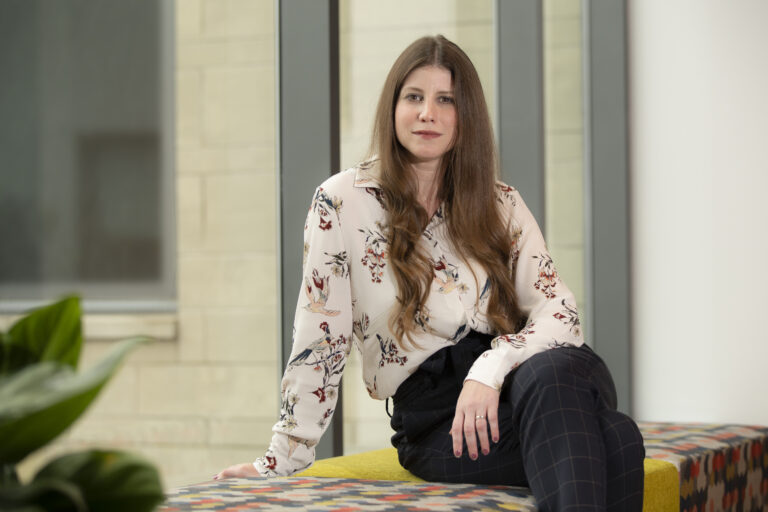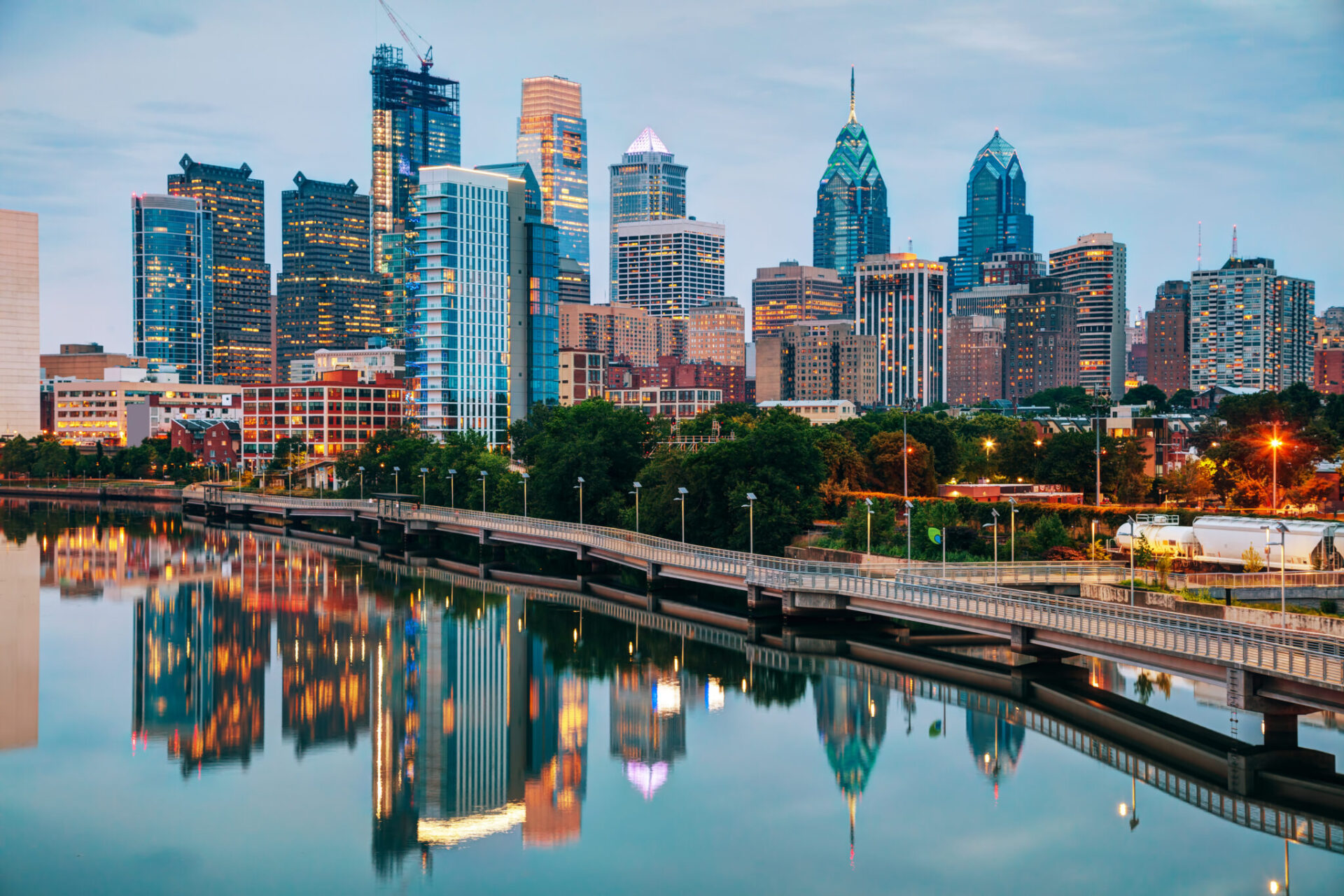Adaptive Reuse: A Sustainable Solution for Philadelphia’s Commercial Real Estate

Philadelphia, a city rich in history and architectural diversity, has witnessed a surge in adaptive reuse projects. This sustainable approach to redevelopment involves repurposing existing buildings for new uses, offering a compelling alternative to traditional strategies like new construction and demolition. By understanding the benefits and challenges of adaptive reuse, we can appreciate its significance in shaping Philadelphia’s urban landscape.
Dana Reeves, AIA Associate, NCIDQ, Commercial Market Leader based out of Colliers Engineering & Design’s Philadelphia office knows the importance of adaptive reuse firsthand.
“In my career, I have spent as much effort working with clients to adaptively reusing buildings as I have designing new ones from scratch,” said Dana. “These projects repurpose existing buildings for new uses which can be more sustainable, they help save my clients time and money, and they offer my team challenges to creatively think outside of the box. It is rewarding.”
At a time when many older buildings can’t be leased for their original use or sold for the value their owners expect, we’ve ended up having more retail space than tenants who want to rent it and more office space than office tenants need. That’s where converting a building can be a viable solution.
Adaptive Reuse: A Sustainable Choice
Adaptive reuse projects offer a host of advantages over new construction. First, they minimize the environmental impact by reducing the demand for new materials and energy. By preserving existing structures, we conserve valuable resources and reduce our carbon footprint. Second, adaptive reuse projects often require less time to complete than new construction, allowing for faster occupancy and return on investment. Finally, these projects can revitalize historic neighborhoods and contribute to a sense of place, preserving the city’s cultural heritage.
Philadelphia, like most big cities, lacks the undeveloped land for new buildings. Some of the buildings are old, with character and construction that make them both attractive but difficult to adapt. Some of the buildings are newer, without the historic designation, but still purpose-built or are in the wrong location. Adaptive reuse is one of the many ways older buildings are protected, redesigning and renovating the pre-existing structure for a new purpose.

Comparing Adaptive Reuse to Other Strategies
While adaptive reuse offers many benefits, it is essential to compare it to other building strategies. New construction provides a clean slate for creating modern, energy-efficient spaces. However, it can be expensive and time-consuming, especially in urban areas where land is limited. Demolition, on the other hand, can be a costly and environmentally damaging process. In contrast, adaptive reuse has the opportunity to create a balance between these two approaches and can offer a sustainable and cost-effective solution depending on the project and building. These factors are just a few that a developer brings to the table when looking at opportunities for redeveloping projects.
Successful Adaptive Reuse Projects in Philadelphia
Developers have come to rely on a creative team of architects, interior designers, planners, and engineers like those at Colliers Engineering & Design who have been involved in adaptive reuse projects across the United States and can best address and assist clients in understanding the functional and financial issues of the project.
From transforming a 1950’s New Orleans office tower to a hotel for city visitors, or a Buffalo riverfront dockyard facility to a public park at the harbor, their professionals have provided expertise that has allowed their clients to envision a future use for their sites and buildings.

Challenges and Opportunities
While adaptive reuse offers many advantages, it also presents challenges. One significant hurdle is the cost of renovations, which can sometimes exceed the cost of new construction. Additionally, regulatory hurdles and zoning restrictions can complicate the process. However, with careful planning and collaboration, these challenges can be overcome.
The future of Philadelphia’s commercial real estate landscape depends on innovative and sustainable solutions. The question of whether to build new or convert an existing building is a challenge in the city environment, however adaptive reuse can be a viable solution with both ecologic and economic benefits and should be considered. Performing due diligence in advance will help developers decide which direction to go in making the choice that make the most sense for them aesthetically and monetarily. By embracing this approach, Philadelphia can continue to evolve as a dynamic and sustainable urban center.
